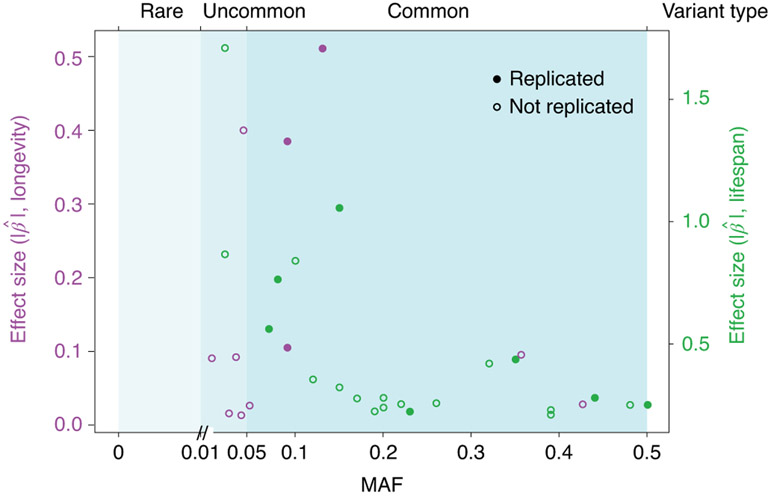Fig. 2 ∣. Genetic architecture of human ageing.
The genetic architecture of human age-related phenotypes, because these are complex traits, is likely to include genetic variants across the allele frequency spectrum with different effect sizes. Common variants associated with human survival have been extensively searched for in many recent GWAS. Using the GWAS Catalog, we compiled minor-allele frequencies (MAFs) and effect sizes (estimated β values) of independent variants with genome-wide statistical significance (P < 5 10−8) from various studies of longevity and lifespan (Supplementary Table 2). Purple and green dots, with separate correspondingly coloured y axes, represent such longevity-associated and lifespan-associated variants, respectively. For lifespan, only variants with effect sizes available are included. On the basis of their MAFs, variants are separated into three types—rare (MAF < 1%), uncommon (1% ≤ MAF ≤ 5%) and common (MAF > 5%)—according to widely used, albeit arbitrary, criteria. Very few rare variants show significant association, because either they were not genotyped by single-nucleotide-polymorphism arrays used by current GWAS or the studies did not have sufficient power to detect genetic signals. As expected, there is a clear inverse relationship between the effect size and the allele frequency of complex-trait-associated variants.

